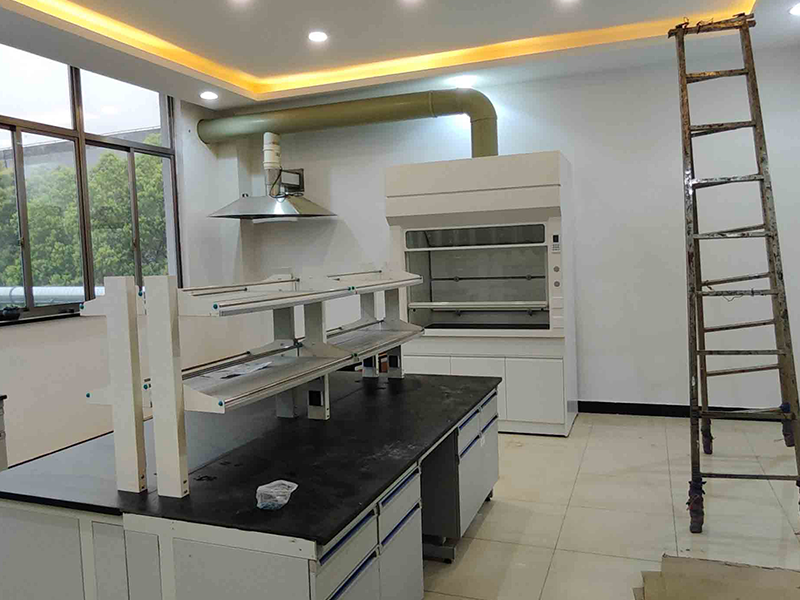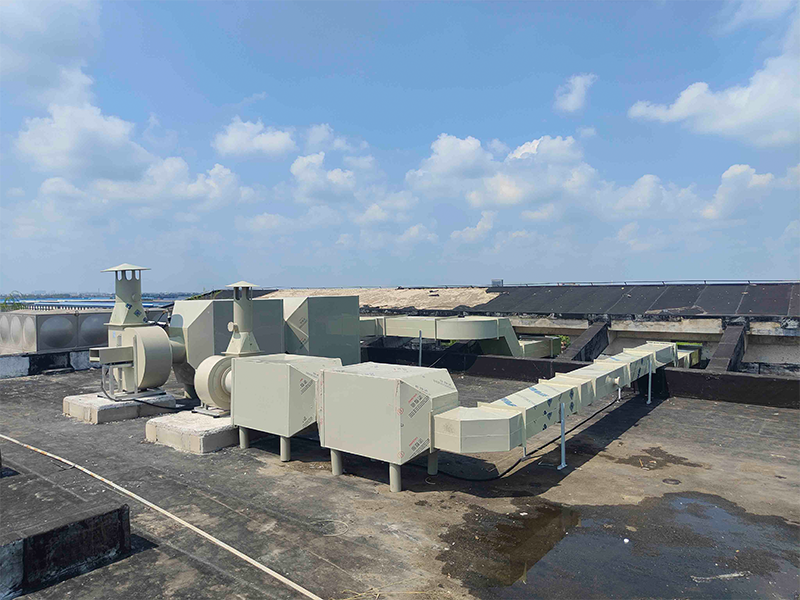So, here’s the deal: lab ventilation systems are kind of a big deal. You need them to suck out all the sketchy fumes, but at the same time, those fans and vents are total energy hogs. Anyone running a lab today has got this on their mind—how do you keep the air clean without your energy bill looking like a phone number?

It all starts with having a system that isn’t just slapped together. We’re talking smart duct designs, efficient fans (none of those ancient noisy ones), and dampers you can actually control. You want solid airflow, but not that “leave the windows open all winter” kind of waste. The real game-changer, though? Smart controls. These systems can sense when the action in the lab slows down—like nobody’s using the fume hoods or the big gear’s off—and they dial back the airflow automatically. It’s like cruise control for your air system, and it can save a surprising amount of juice.
But, and this is huge, you can’t cut corners on safety just to save a few bucks. There’s a reason safety regs exist—labs that cheap out on ventilation end up in the news, and not in a good way. Picture toxic gas build-up, fire hazards, or worse. Trust me, nobody wants that kind of drama. So, when you’re trying to save energy, you’ve gotta make sure you’re still hitting all the right standards. Otherwise, you’re just asking for trouble.

Here’s the twist: energy savings and safety aren’t enemies. With the right tech and a bit of common sense, they actually work together. You get the fancy monitoring systems, keep everything up to code, and you’re golden. You protect your team, don’t waste power, and hey, you might even get to brag about your lab being “green” at the next department meeting. Everyone wins—except maybe the utility company.


